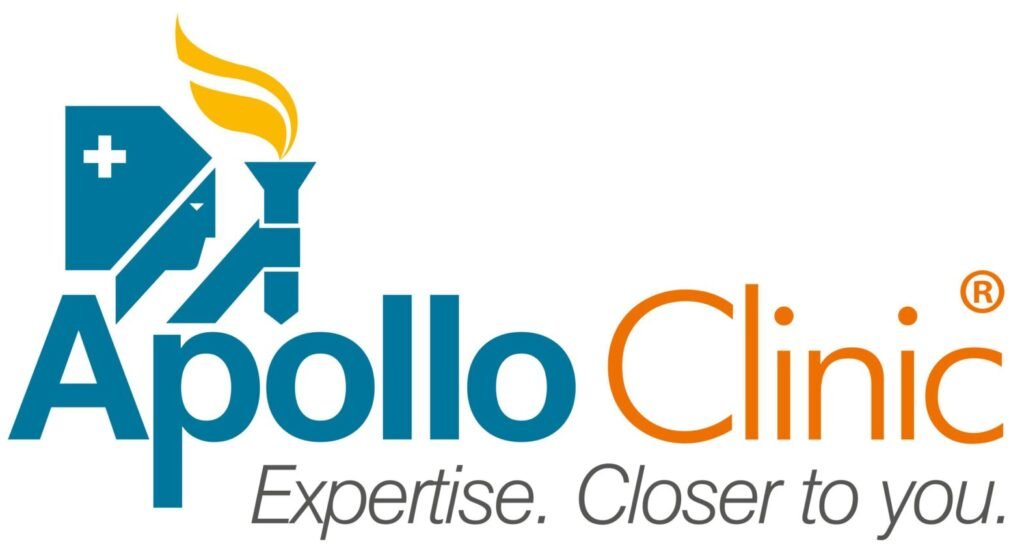Hydrocephalus is a rare medical condition where the cerebrospinal fluid (CSF) pools within the brain, causing brain damage. It is popular as “water on the brain” and is common in infants and elderly people. Also, CSF acts as a shock absorber inside the brain, delivers essential nutrients, and the excess fluid is absorbed back into the body. Therefore, the pooling in the head is due to excessive secretion of CSF. Also, the inability of the body to absorb it. Typically, a healthy brain allows a steady flow of CSF in the brain cavities. However, hydrocephalus hinders the CSF stream leading to accumulation. Thus, causing a massive strain on the skull.
Hydrocephalus can either be a before-birth defect or can develop after birth. Also, it is of two major types, namely communicable and non-communicable hydrocephalus. Communicable hydrocephalus occurs when the CSF has blockage after it leaves the brain ventricles. However, in the non-communicable type, the blockage is between each ventricle.
What is the leading cause of hydrocephalus?
Hydrocephalus is a rare condition; one in thousand newborn infants has it. However, researchers are yet to find the exact reason for such defective births. Moreover, it may be due to genetic disorders or fetus developmental disorders like spina bifida. This birth disorder can develop complications even in adulthood. Additionally, the main reasons for acquired hydrocephalus are infection, head injury, bleeding in the brain, or brain tumour.
Hydrocephalus is even diagnosed in aged people and is called Normal Pressure Hydrocephalus (NPH). NPH leads to dementia, which is one reason why it is commonly mistaken as Alzheimer’s disease. Leading causes of NPH are head injury, head infections, inflammation, or tumours. This type of hydrocephalus often goes unnoticed, and many people do not get a proper diagnosis, let alone a correct treatment. Therefore, it is vital for the elderly to have periodic consultation with experienced neuro specialists to diagnose it early.
Do you want to consult a trusted neurologist? Search for Apollo clinic near me and book an appointment with the best neurology doctor in Guwahati today!
What are the significant symptoms of Hydrocephalus?
The symptoms of hydrocephalus vary with each type and cause of occurrence. However, commonly seen symptoms in adults are:
- Difficulties in walking
- Loss of memory
- Blurred eyesight
- Chronic headache
- Nausea, vomiting, and dizziness
- Defective bladder
- During old age, NPH may impair the functioning of the nervous system that controls limbs and bladder. It even affects the cognitive processes, leading to dementia, urinary incontinence, and difficulty walking.
What are the treatment methods available ?
The treatment method prescribed by the doctor depends on the findings of each individual. An early diagnosis can help for effective treatment, and a complete recovery is possible with no further complications in the future. The treatment methods are:
Endoscopic Third Ventriculostomy
Endoscopic Third Ventriculostomy (ETV) is the best alternative to shunt treatment. In this minimal-invasive method, the endoscope punctures the third ventricle to release the accumulated fluid. It allows the CSF to avoid the block to flow freely on the brain surface, resulting in the absorption of the liquid.
Though stunts are an effective method in various cases, the ETV gives better results than shunts. Shunts are better suitable for tumour treatment. Also, shunts require frequent changes, whereas this method requires a single procedure for long-term effects. In a recent study, ETV is proven to be successful in almost 65-70 % of the cases. One of the enormous benefits of an ETV procedure is, it keeps the CSF flowing in the brain and spinal cord rather than diverting to other organs.
Medications prescribed
Medications like furosemide and acetazolamide show positive results in hydrocephalus treatment. They bring down the levels of CSF when they act upon the choroid plexus, which is an intraventricular blood vessel that secretes this fluid. Medications are only prescribed as a temporary aid, as it is not advised for long-term treatment.
Which is the best method?
The answer to this question primarily depends on what the doctor prescribes based on his findings. It depends on the patient’s age, medical history, health, overall health condition, and more. Many doctors may prefer a shunt system as it is well-documented. However, for conditions like obstructing hydrocephalus, ETV is the best treatment method.
What is the survival rate?
Hydrocephalus is curable with an early diagnosis and timely treatment. It has a reasonable survival rate; patients live a long and everyday life after a successful procedure. In some cases, the shunt system can even cure dementia in old-age patients. Hydrocephalus requires emergency medical attention, so the earlier hydrocephalus is treated, the better the survival rate. If you delay treatment, the success of the treatment is low.
Are you looking for a neurologist? You can trust Apollo Clinic Guwahati to provide you with the best treatment. We have the best neurologist doctor in Guwahati. Book an appointment today!






